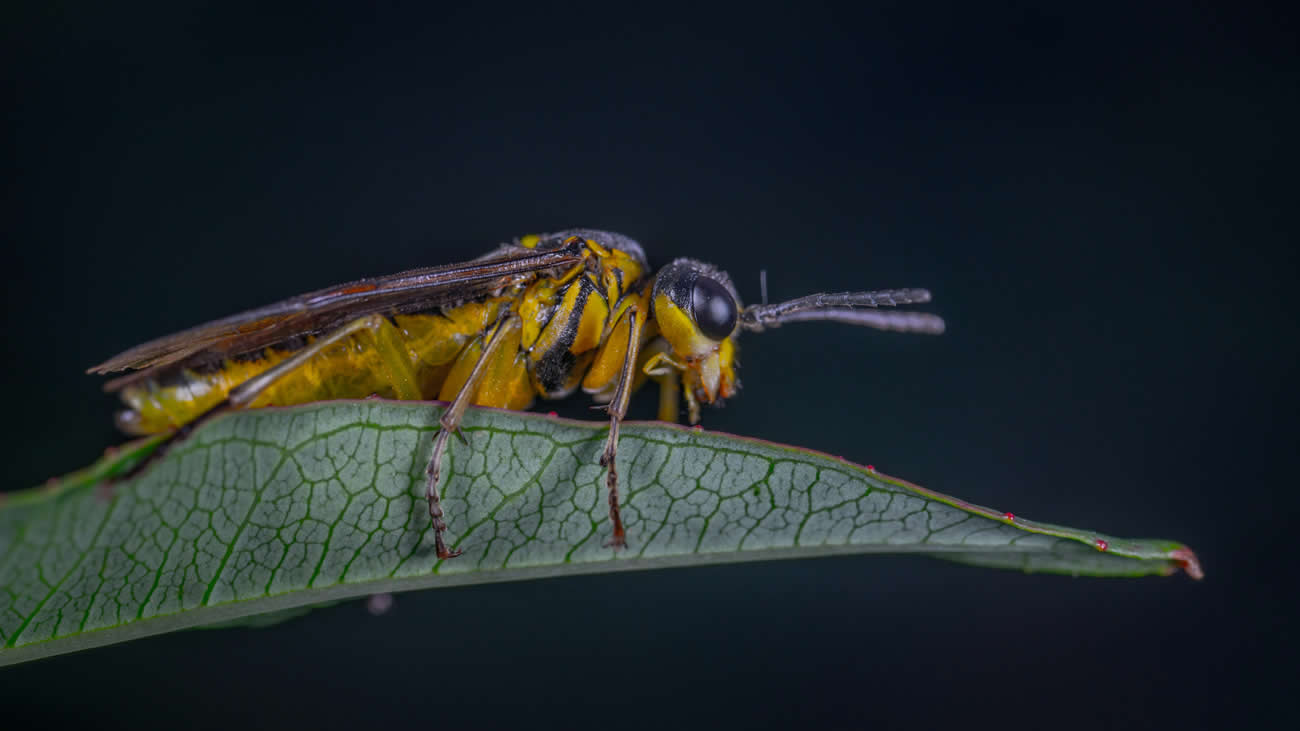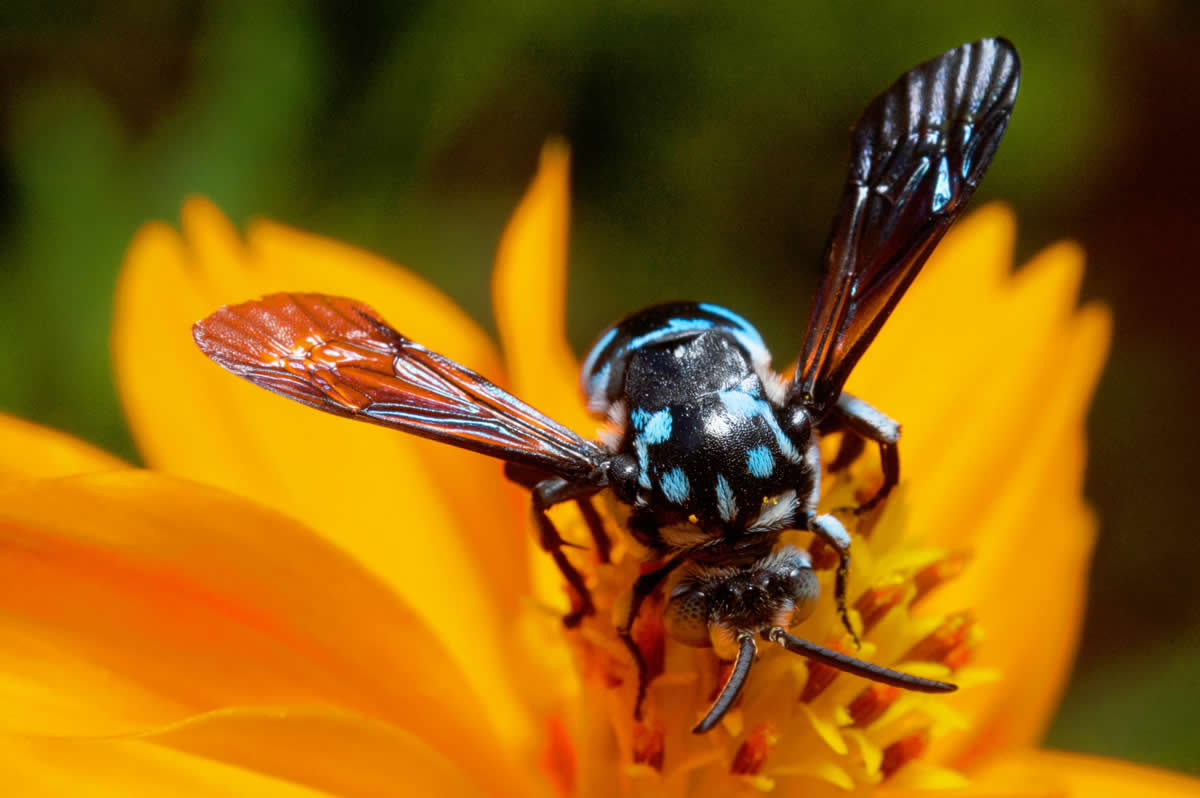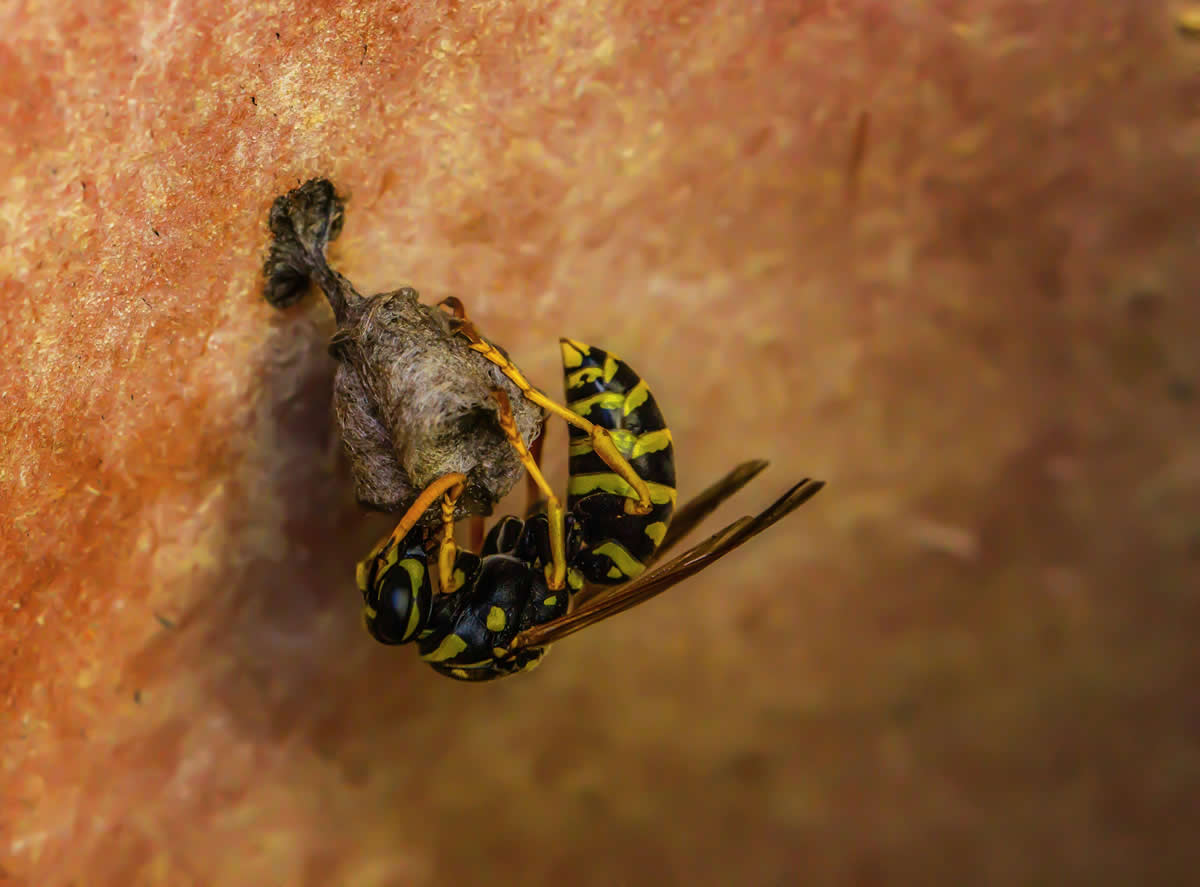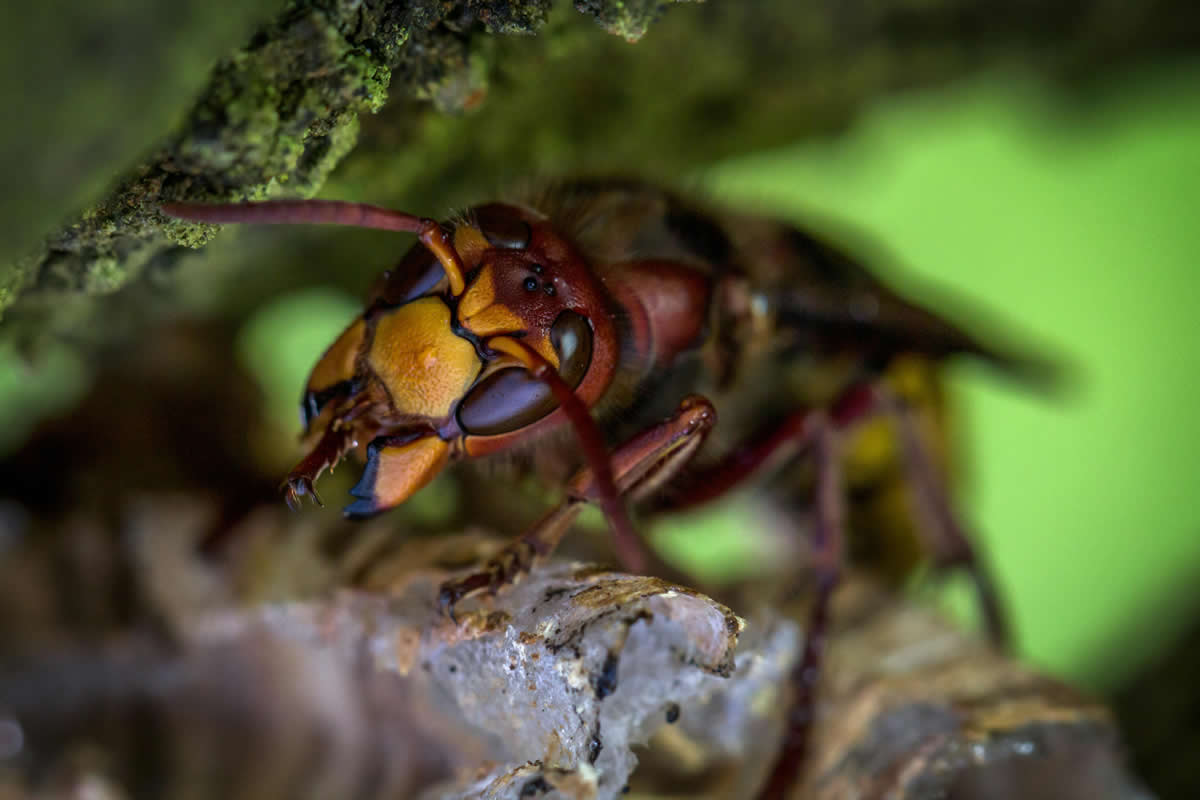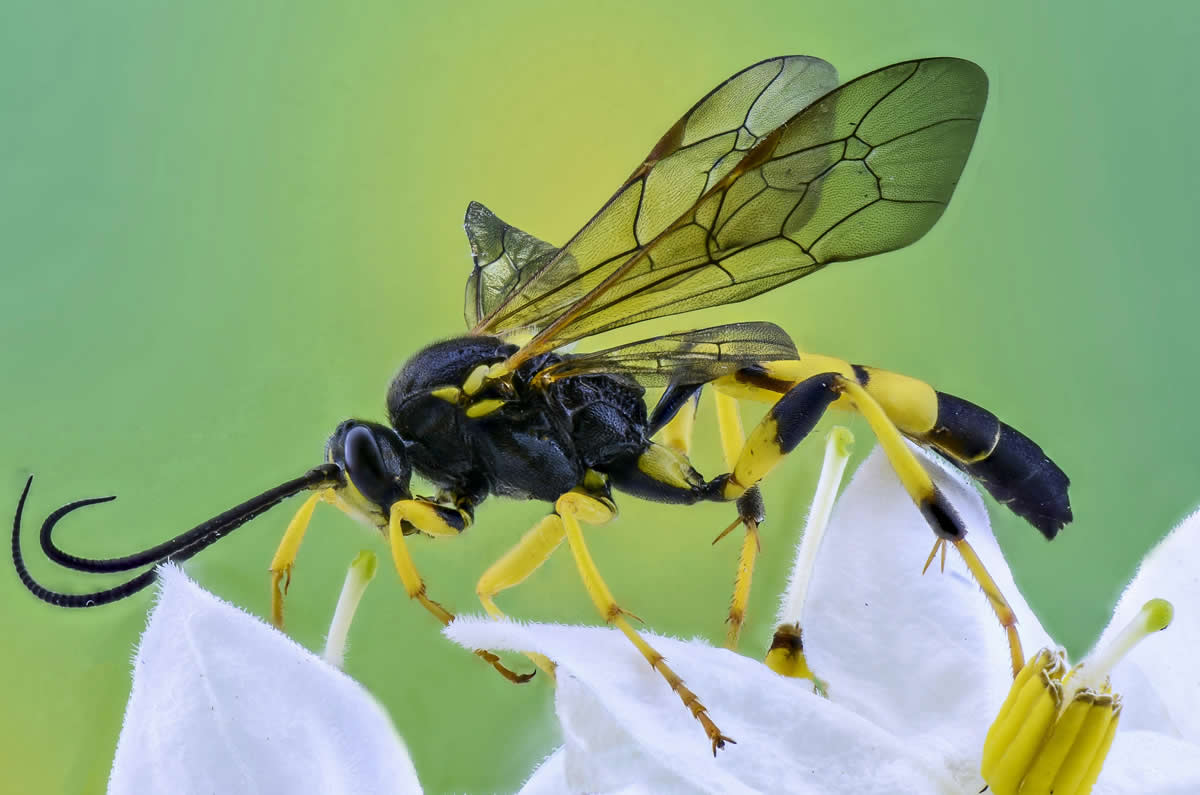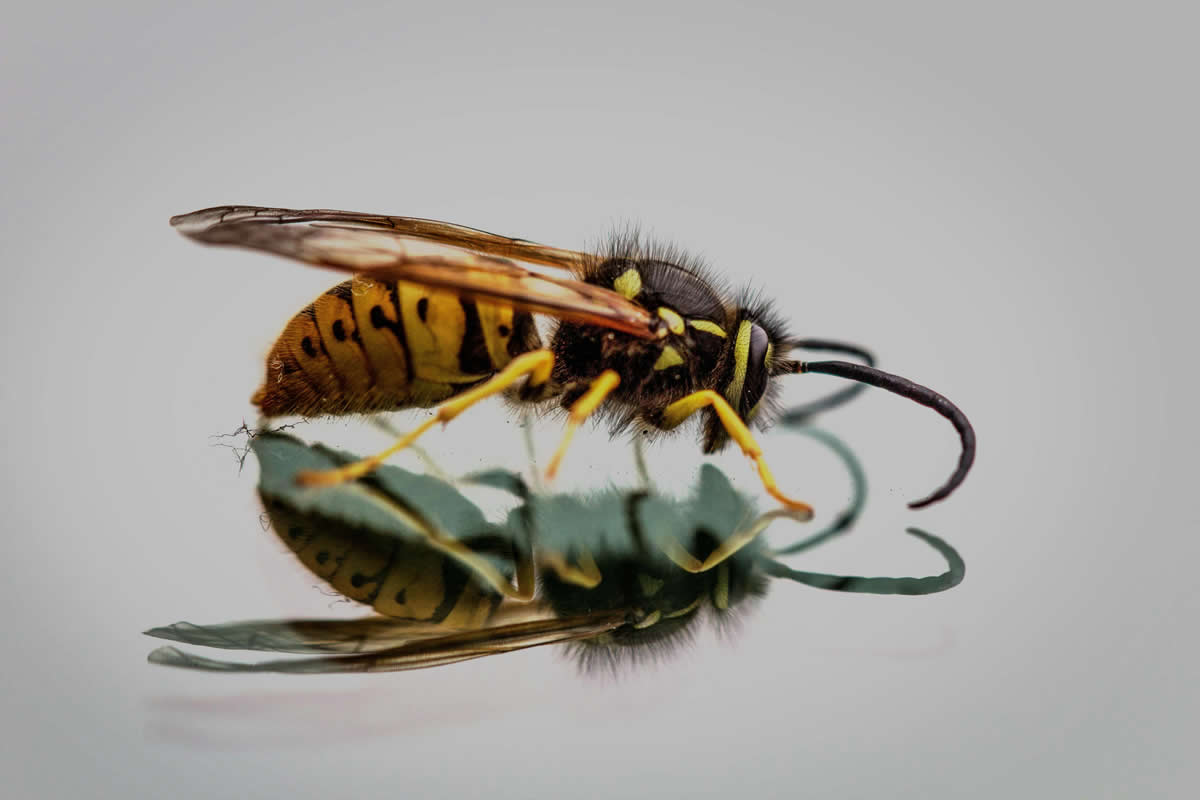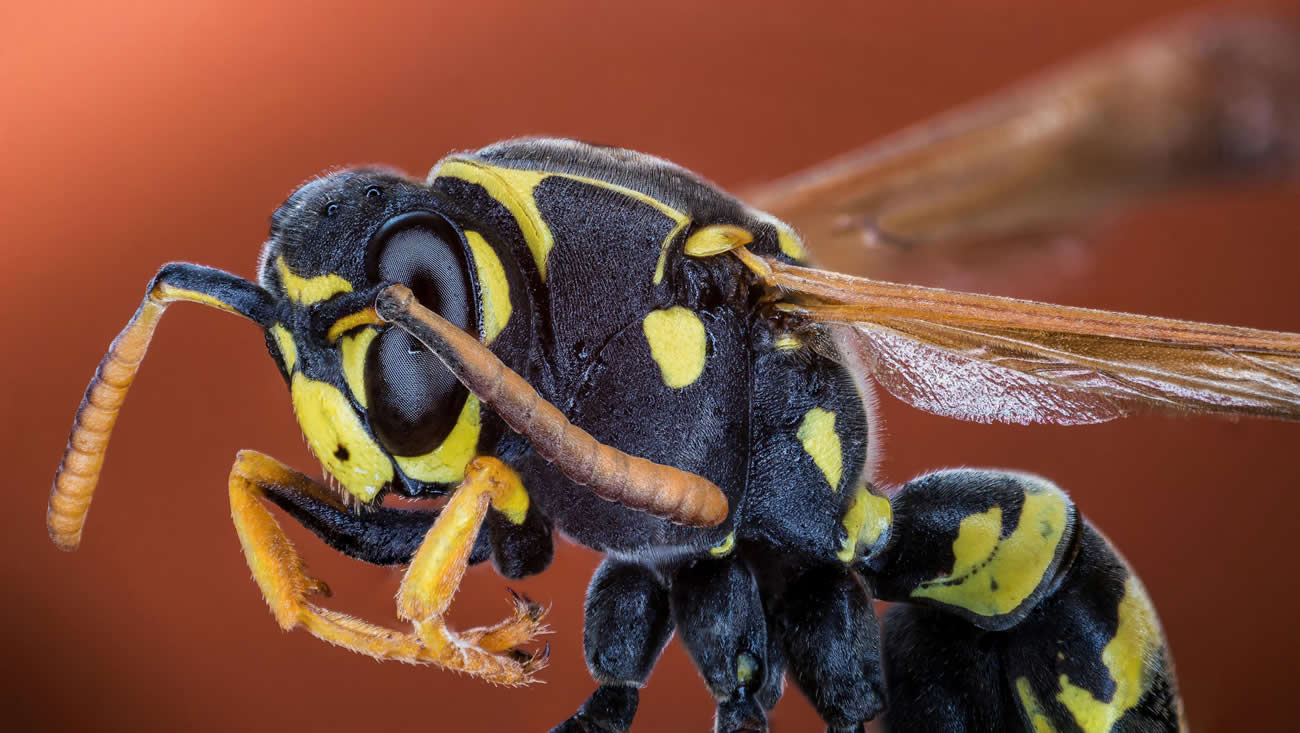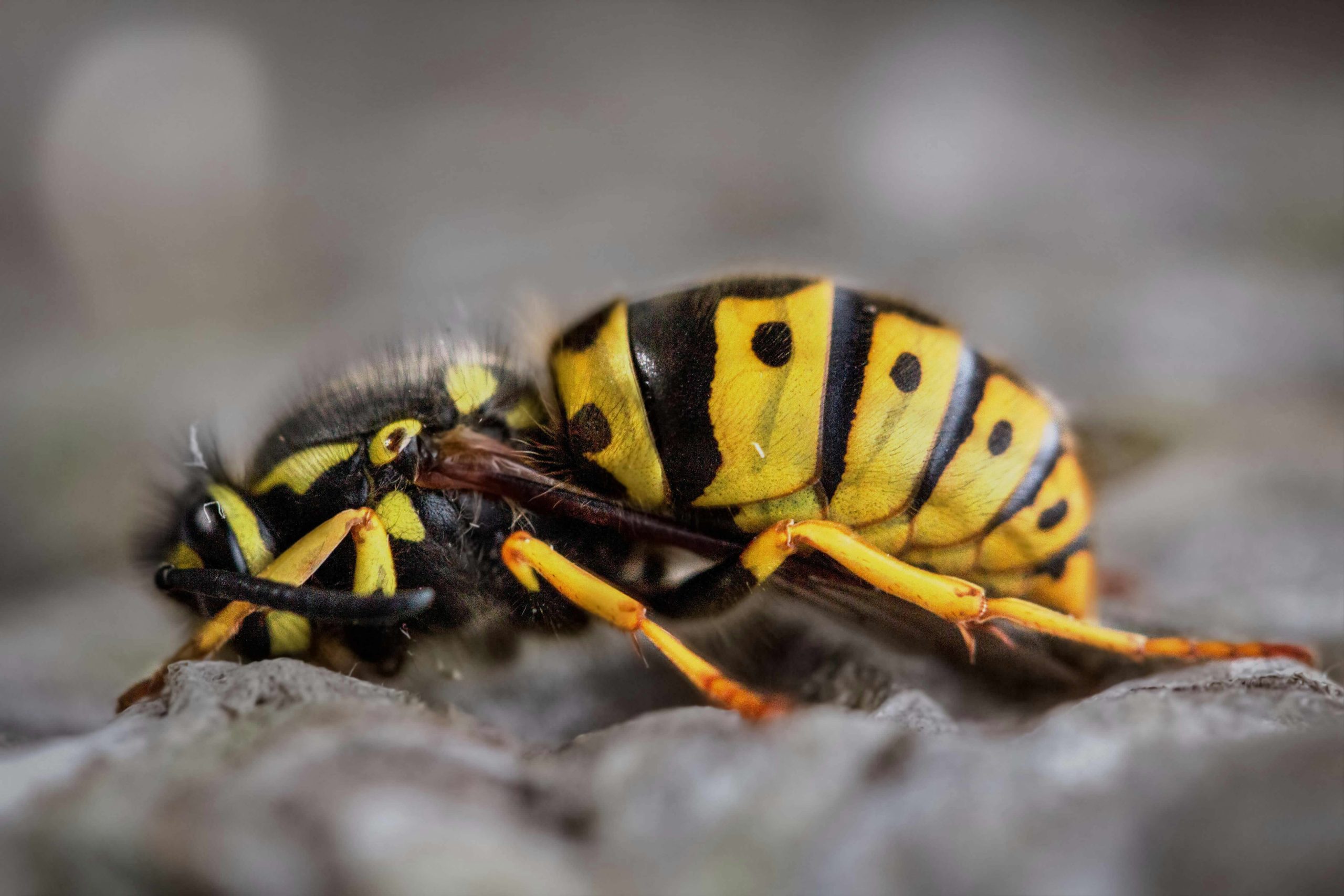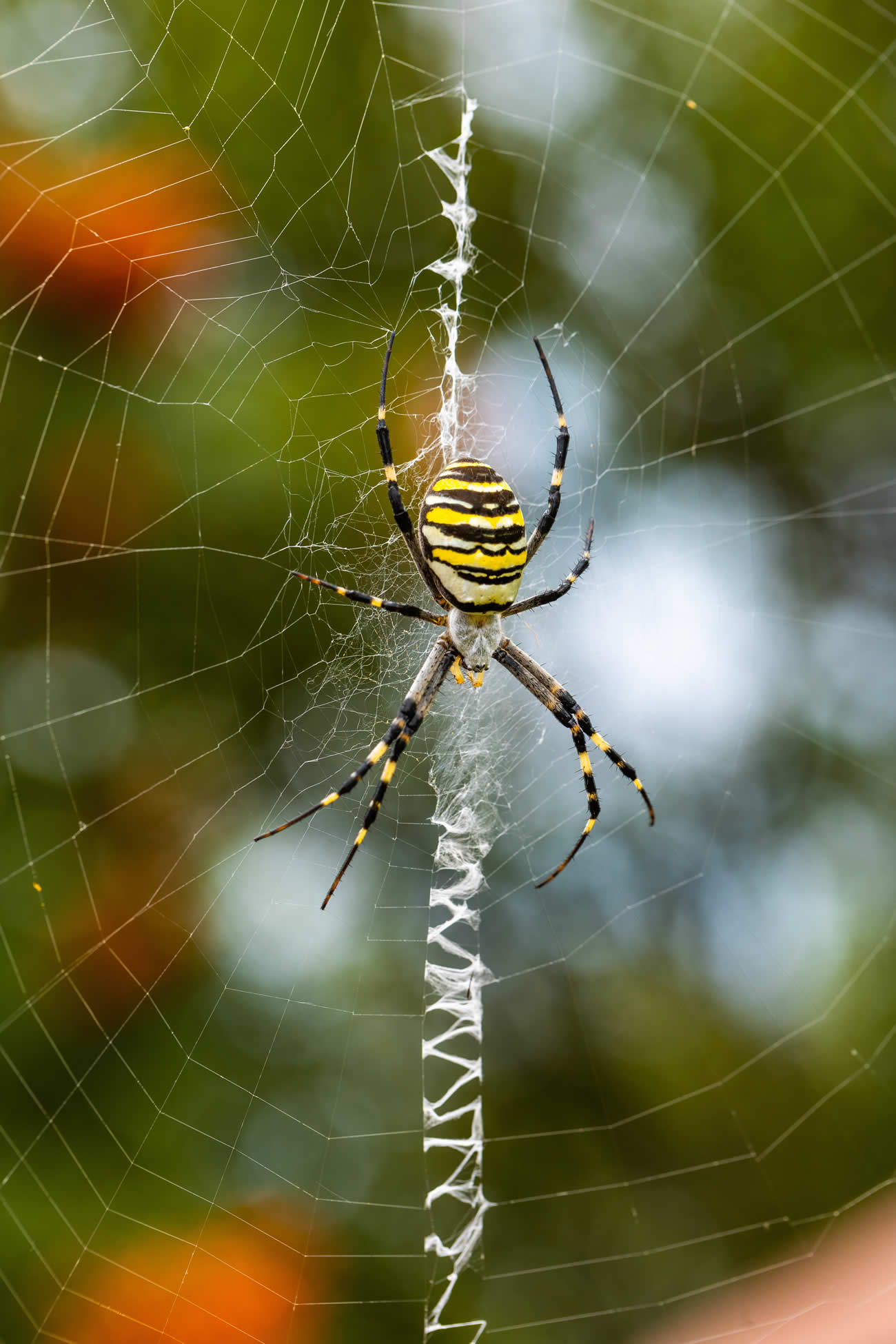Unlike bees, wasps can sting you multiple times because they don’t lose their stinger – making wasp sting treatment an essential skill to master.
While most wasp stings cause pain and swelling that typically lasts 1-2 hours, the situation can be more serious for some people. In fact, up to 3% of adults have insect sting allergies, and one in 10 people who get stung multiple times can develop severe allergic reactions to future stings.
We understand how frightening a wasp sting can be, especially when you’re unsure about proper treatment. That’s why we’ve created this comprehensive guide to help you identify, treat, and know when to seek medical help for wasp stings. Whether you’re dealing with a single sting or multiple stings, we’ll show you the most effective ways to manage symptoms at home and recognise when professional medical attention is necessary.
Table of Contents
ToggleIdentify a Wasp Sting Quickly
A wasp sting typically appears as a raised welt on your skin, accompanied by a sharp, burning sensation. At the centre of this welt, you might notice a tiny discoloured mark where the stinger punctured your skin. As time progresses, the affected area often becomes red, swollen, and warm to the touch.
What a wasp sting looks like
Initially, the sting site develops into a small, red welt that grows increasingly swollen and red over time. The area around the sting commonly feels warm, itchy, and painful. Additionally, the skin might appear slightly discoloured, though this may be harder to spot on darker skin tones.
The venom injected during a sting contains complex proteins, primarily histamine and hyaluronidase, which trigger the pain, swelling, and redness. Most people experience localised reactions that peak about 48 hours after the sting and can last up to a week.
Common sting locations
Wasps frequently target exposed areas of skin, particularly since they’re attracted to bright colours and certain fragrances. The most concerning locations for stings include:
- Inside or near the mouth, nose, or throat, as swelling in these areas can affect breathing
- Around the eyes or face
- Multiple stings across various body parts
Difference from other insect stings
The most significant distinction between wasp and bee stings lies in their stinging mechanism. Wasps retain their smooth stinger, allowing them to sting repeatedly. Moreover, wasp stings tend to be more painful for more extended periods compared to bee stings, primarily due to how deeply their stinger penetrates the skin.
The venom from a wasp sting typically delivers between 2-15 micrograms of venom per sting. Furthermore, wasps release a pheromone after stinging that can attract nearby wasps, potentially leading to multiple stings. This characteristic makes wasp attacks particularly dangerous, as numerous stings increase the risk of severe reactions.
Local reactions to wasp stings usually subside within 1-2 hours. Nevertheless, some individuals might experience more extensive swelling, affecting an area up to 10 centimetres across. In some instances, the swelling and discomfort can persist for several days, particularly if you’ve received multiple stings.
First Steps After Getting Stung
Quick action after a wasp sting can significantly reduce discomfort and prevent complications. The first moments following a sting are crucial for proper treatment and monitoring potential reactions.
Stay calm and move away
Upon getting stung, remain composed and immediately move to a different area. Wasps release pheromones after stinging that can attract other wasps nearby. Moving away from the sting location helps prevent additional stings, as wasps can sting multiple times without losing their stinger.
After reaching a safe spot, wash the affected area thoroughly with soap and warm water. This simple step helps remove residual venom and reduces the risk of infection. Subsequently, monitor the sting site for any immediate reactions.
Check for multiple stings
Carefully examine your body for additional stings, as multiple stings require extra attention and monitoring. For children, more than 5 stings warrant urgent medical attention, whilst adults should seek help if stung more than 10 times.
Multiple stings might cause:
- Rash development
- Fever onset
- Nausea
- Headaches
- Joint pain and swelling (typically appearing after several days)
For anyone experiencing a sting, having someone nearby is essential to watch for signs of severe reactions. Should the person carry an epinephrine pen, familiarise yourself with the instructions printed on its side.
Specific individuals face higher risks of severe allergic reactions to wasp stings. Specifically, people who encounter wasps frequently through their work, such as:
- Beekeepers
- Gardeners
- Refuse collectors
Stings in particular areas require immediate medical attention, specifically when they occur in the mouth, nose, or throat, as swelling in these regions can obstruct airways. Likewise, prompt medical care becomes necessary if the person has previously experienced allergic reactions to wasp stings.
Treating a Wasp Sting at Home
Proper home treatment can effectively manage most wasp stings. After ensuring you’re in a safe location, follow these proven steps to reduce pain and swelling.
Clean the area properly
Begin by washing the sting site thoroughly with soap and warm water. This crucial step removes residual venom and bacteria, minimising the risk of infection. Afterwards, gently pat the area dry and keep it clean throughout the healing process.
Apply the ice pack correctly
For optimal relief, wrap an ice pack or frozen vegetables in a thin cloth before applying it to the sting site. Place the cold compress on the affected area for 10 minutes, then remove it for another 10 minutes. Continue this alternating pattern for 30 to 60 minutes. This method effectively reduces both swelling and discomfort.
Use antihistamine cream
Antihistamine cream helps alleviate itching and inflammation around the sting site. Before application, ensure the area is arid. Apply a thin layer of cream directly to the affected area. For maximum effectiveness, use the cream 2-3 times daily for up to three days.
Take pain relief medication
Over-the-counter medications can significantly reduce discomfort. Ibuprofen or paracetamol effectively manages pain and inflammation. For persistent itching, oral antihistamines provide additional relief.
Several other measures can enhance recovery:
- Remove any tight jewellery near the sting site
- Elevate the affected limb to reduce swelling
- Keep the area clean and dry
- Consider using calamine lotion or hydrocortisone cream for additional itch relief
Remember to monitor the sting site regularly. Although most wasp stings improve within a few days without treatment, specific symptoms require immediate medical attention. Should you notice unusual swelling, persistent pain, or signs of infection, contact your healthcare provider promptly.
When to Seek Medical Help
Recognising when a wasp sting requires medical attention can be crucial for preventing life-threatening complications. Specific symptoms indicate the need for immediate professional care rather than continuing with home treatment.
Signs of severe reaction
Anaphylaxis, the most serious allergic reaction to wasp stings, requires emergency medical intervention. About 2 million Americans experience allergies to stinging insects. Watch for these warning signs:
- Breathing difficulties or wheezing
- Swelling of face, throat, or tongue
- Sudden drop in blood pressure
- Dizziness or fainting
- Rapid or weak pulse
- Stomach cramps accompanied by nausea
- Hoarse voice or trouble swallowing
Upon noticing these symptoms, call emergency services immediately. Most people who experience anaphylactic shock do so rapidly after being stung, so immediate action becomes vital for survival.
Multiple sting situations
Multiple stings demand extra vigilance, as they can trigger severe reactions even in people without previous allergies. Seek urgent medical care if:
- You’ve received more than 10-20 stings
- The stings occur inside mouth, nose, or throat
- You notice signs of infection around sting sites
- Symptoms worsen instead of improving
Certain groups face higher risks of developing severe reactions:
- People who work outdoors regularly, including gardeners and refuse collectors
- Those with previous allergic reactions
- Individuals with a condition called mastocytosis
For those prescribed an EpiPen, administer it immediately upon experiencing severe symptoms. However, even after using epinephrine, medical attention remains necessary as symptoms might return. At times, multiple doses of epinephrine might be required to control a life-threatening reaction.
Medical professionals typically monitor severe cases overnight, administering treatments including:
- Intravenous fluids
- Antihistamines
- Corticosteroids
- Oxygen therapy
Remember, approximately 100 people die yearly from allergic reactions to insect stings. Therefore, prompt recognition of severe symptoms and immediate medical intervention can make the difference between life and death.
Our Final Say!
Understanding wasp sting treatment proves essential, especially since wasps can sting repeatedly without losing their stinger. Though most stings cause temporary discomfort lasting 1-2 hours, proper identification and swift action significantly reduce complications and recovery time.
Quick response through appropriate home remedies like ice packs, antihistamine creams, and over-the-counter pain medications helps manage typical symptoms effectively. Nevertheless, recognising signs of severe reactions remains crucial, mainly when dealing with multiple stings or symptoms of anaphylaxis.
Remember, while most wasp stings heal naturally with basic home care, certain situations demand immediate medical attention. Life-threatening reactions require swift, professional intervention, especially for those with known allergies or after receiving multiple stings. Stay vigilant, act quickly, and never hesitate to seek emergency care when severe symptoms appear.
Are you looking for pest control in Gloucestershire? Get in touch with us and a local pest removal company will be in touch.

